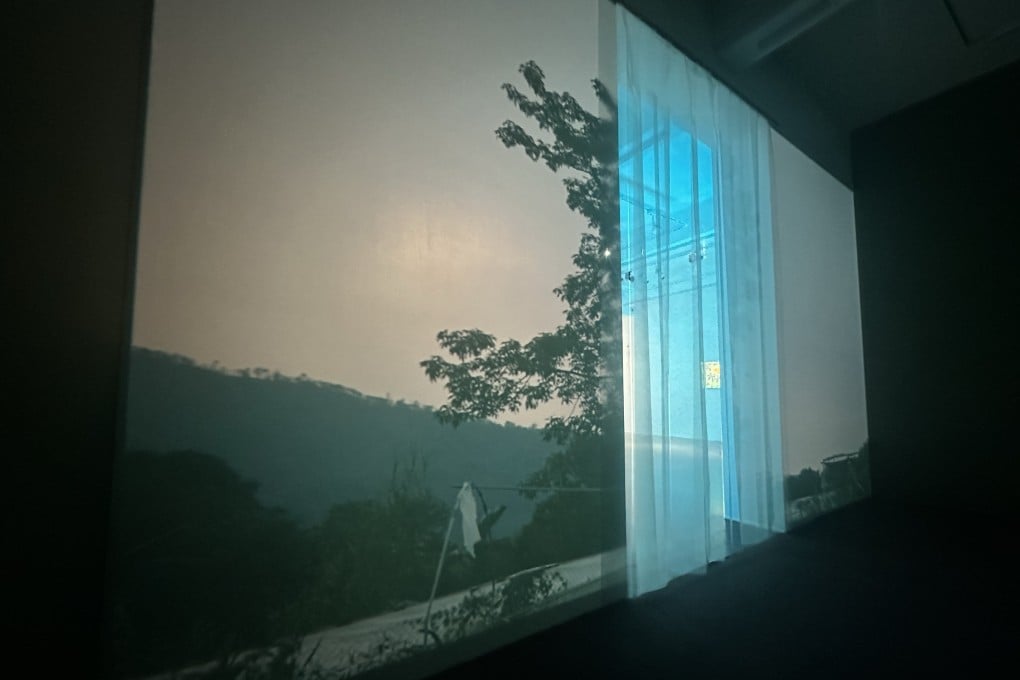Hong Kong artists’ Shenzhen exhibitions look at cities’ shared anxieties to show how art connects people regardless of geographical boundaries
- In ‘Blue Throat: Acclimated Difference (Part 2)’, two Hong Kong artists cover the effects of urbanisation and the connected destinies of Hong Kong and Shenzhen
- Meanwhile, in another show that looks at how art can foster understanding across borders, Natalie Lo explores migration

Two art exhibitions in Shenzhen, China, offer poignant glimpses of the social and political landscape of Hong Kong and prove that, through art, it is possible to spark dialogue and connect people across borders.
In 1898, in the final expansion of Hong Kong under colonial rule, the British acquired the New Territories.
This historical backdrop forms the basis of artist Law Yuk-mui’s Landscape CO 1069/452(20) The Mountain, The River, The Valley (2023), a highlight of the exhibition “Blue Throat: Acclimated Difference (Part 2)”, at Shenzhen’s Hexagon Gallery.
The code Law uses in the piece’s title refers to catalogue numbers of a captivating collection of photographs housed at the National Archives in the UK that document the British exploration of their newly acquired territory.
